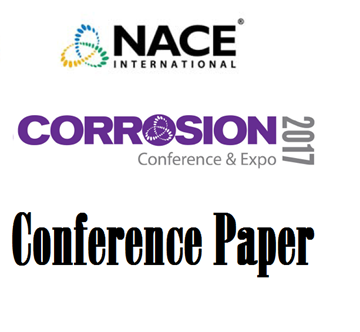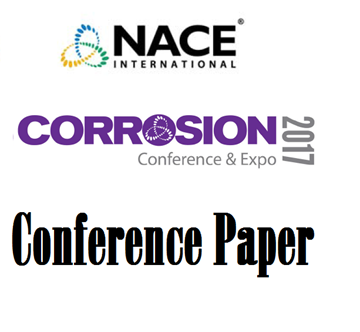Search
51312-01477-Environmental Effects on Fatigue Crack Growth Rates in Sour Environments
Also Purchased
Fatigue Crack Growth Rate Behavior of Welded Line Pipe Steel in Sour Environments
Product Number:
51317--9200-SG
ISBN:
9200 2017 CP
Publication Date:
2017
$20.00
Role of Crack Tip Strain Rate on the Fatigue and Fracture Behavior of Line Pipe Steel in Sour Environments
Product Number:
51317--9203-SG
ISBN:
9203 2017 CP
Publication Date:
2017
$20.00
51312-01577-Effect of H2S and CO2 on Fatigue Corrosion Crack Growth and Fracture Toughness of X65 in Offshore Oi
Product Number:
51312-01577-SG
ISBN:
01577 2012 CP
Publication Date:
2012
$20.00




